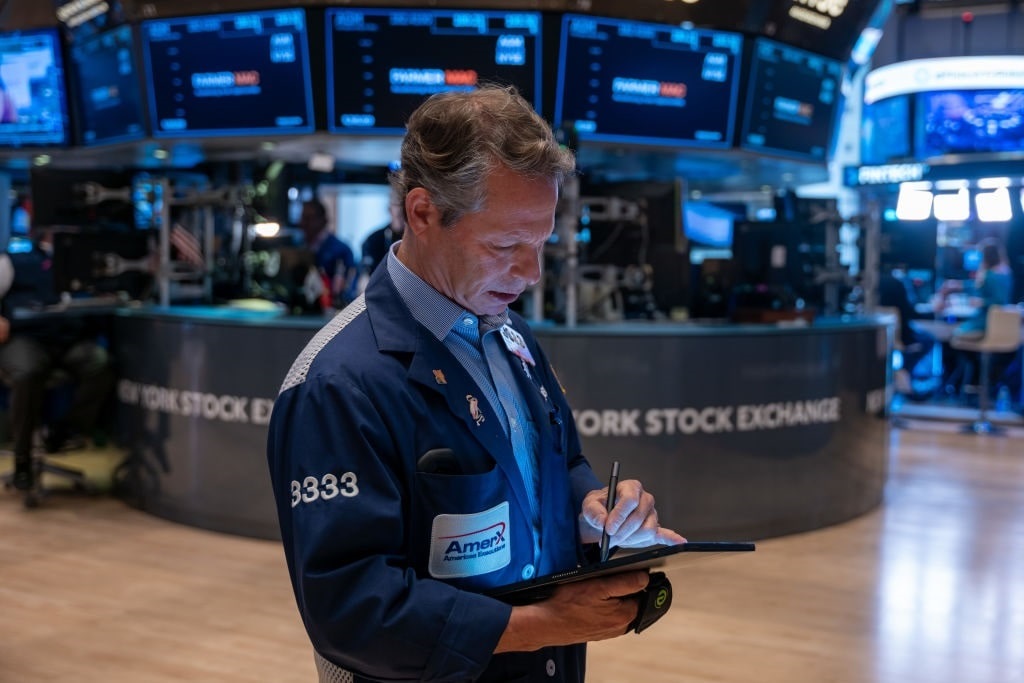The bigger the lie, the more people will believe it. So goes the mantra of the current administration, it would seem. Look no further than the inflation file to see how President Joe Biden and his White House team regularly perpetuate falsehoods to ensure voters question their own lying eyes. Remember, according to the latest establishment narrative, consumers never had it so good because the GDP is 1.6%, and their gripes over the cost of living are unfounded and unjustified.
Inflation, Bidenflation, and Lies
In a May 14 interview with Yahoo! Finance, President Biden claimed that the annual inflation rate was 9% when he came into office “and it’s now down around 3%.” In a CNN interview earlier this month, he made a similar claim, telling host Erin Burnett that inflation was also 9% when he started his presidency.
 Come on, man! The consumer price index was 1.4% in January 2021. The Biden-era inflation rate touched 9.1% in June 2022, 16 months after he moved in at 1600 Pennsylvania Avenue. This is outrageous, egregious, and preposterous when considering that one-fifth of Americans’ purchasing power has been eradicated in the last three years.
Come on, man! The consumer price index was 1.4% in January 2021. The Biden-era inflation rate touched 9.1% in June 2022, 16 months after he moved in at 1600 Pennsylvania Avenue. This is outrageous, egregious, and preposterous when considering that one-fifth of Americans’ purchasing power has been eradicated in the last three years.
White House Press Secretary Karine Jean-Pierre was asked about these remarks, and, as usual, she served reporters a word salad at a May 15 press briefing. Here is what she said:
“The point that he was making is that the factors that caused inflation were in place when he walked in. When he took office, as you know, the pandemic caused inflation around the world … by disrupting our economy and breaking our supply chains, as you know, quickly on dealing with the supply chain, working together, task forces that … talks about inflation.”
But even this is misleading because the astronomical fiscal and monetary stimulus under both presidents ignited the inflation fire.
‘Greedflation’ Myth Debunked Again
The administration’s myth of corporate greed, also colloquially known as “greedflation,” was debunked on a few occasions in recent days.
First, the producer price index (PPI), a gauge of prices paid by businesses for goods and services, rose at a higher-than-expected pace of 0.5% in April. Core wholesale prices, which exclude the volatile energy and food sectors, also climbed 0.5%. If corporations purposely price-gouged consumers, the PPI would be deflationary compared to the consumer price index (CPI).
Second, the Federal Reserve Bank of New York’s Global Supply Chain Pressure Index further confirmed that pressures have subsided, even with chaos in the Red Sea and the Baltimore bridge disaster. Why does this matter? If supply chain snafus caused the pandemic-era price inflation, costs would return to pre-crisis levels.
Finally, the San Francisco Fed released a paper titled “Are Markups Driving the Ups and Downs of Inflation?” Put simply, economists determined if the claim that corporate greed is contributing to rampant inflation through markups, which are the difference between production costs and goods and services prices. The conclusion: While there has been an increase in markups, they have emulated previous economic recoveries. “Aggregate markups—the more relevant measure for overall inflation—have stayed essentially flat since the start of the recovery,” the paper stated. “As such, rising markups have not been a main driver of the recent surge and subsequent decline in inflation during the current recovery.”
Honey, We’re So Back!
Financial markets were ebullient on May 15 when it was learned the consumer price index, which was released 30 minutes before the typical publishing time, dipped to 3.4% in April and matched economists’ expectations. Core inflation also eased from 3.8% to 3.6%. Investors believe this would be enough to persuade the monetary authorities to pull the trigger on a rate cut.
But is it enough? Not really. If any observer pops open the hood, he or she will find that critical metrics are still elevated and heading in the wrong direction.
The three-month annualized headline CPI was unchanged at 4.6%, up from 1.9% in December. The six-month annualized CPI climbed to an eight-month high of 3.7%. The three-month annualized core inflation rate eased to 4.1%, while the six-month annualized core CPI advanced to a nine-month high of 4.1%. Additionally, the Fed’s preferred supercore inflation, which omits housing, edged up from 4.8% to 4.9%. Services inflation remained above 5%.
This has resulted in the real (inflation-adjusted) average hourly wage rate dipping 0.2% in addition to lower hours. Since January 2021, the real average hourly wage has diminished by nearly 3%.
Have the bumps in the road been removed? Investors, consumers, the US central bank, and the administration certainly hope so. Either way, a cumulative inflation pace of 19.5% is a calamity.




